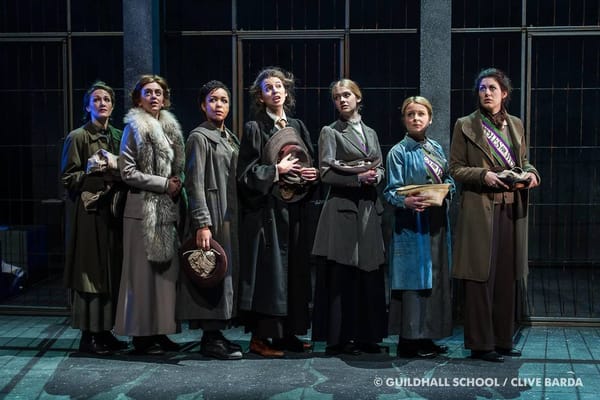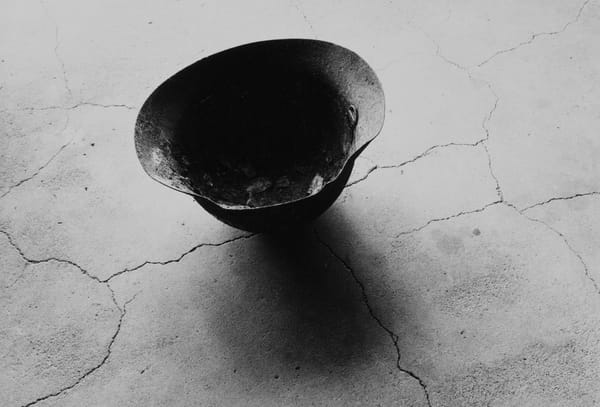Transforming Modern Perceptions of Medieval Art
Indira Mallik explains how prejudices have clouded our appreciation of art
Earlier this month, the author Saladin Ahmed wrote on Twitter “the fantasy vision of a medieval Europe devoid of people of colour isn’t realism. It’s a different word that starts with ‘r’ and ends with ‘ism’.”
The fantasy vision of a medieval Europe devoid of people of colour isn't realism. It's a different word that starts with 'r' and ends with 'ism' Saladin Ahmed on Twitter
I’ve always been interested in art, and in all of those years of admiring Renaissance and Medieval artworks, the thought that I was not seeing the whole picture never occurred to me. The absence of art depicting people of Asian and African descent in European art history seemed to me more an artefact of the lack of globalisation rather than the erasure of existing artworks because they don’t fit in with our preconceived ideas of Medieval and Renaissance society. But even my most rudimentary of research has shown me that people of colour have been depicted throughout European art history, often as any other citizen would have been, at all strata of society; yes, as slaves, but also as courtiers, nobility and men and women of wealth and power.
These artworks are not even as obscure as one might imagine, often the true story lies in looking closer at familiar works of art and recognising what is already there. The Garden of Earthly Delights – the triptych painting by the Dutch master Hieronymous Bosch dates from the late 15th century; three oak panels, it depicts a scene from Genesis, showing amongst others things, the presentation of Eve to Adam by God. It has been heaped with praise and even inspired Joan Miro and Salvador Dali; but what art history books fail to mention is the incorporation of not one but at least 17 figures that are clearly of African descent in addition to many others of different skin tones. This highlights the power that erasure and miseducation holds; because we have been taught not to expect it, we often dismiss it altogether.
People of colour (who were definitely not enslaved) have been incorporated into tableaux throughout European art history – there are black bystanders in Liberale da Verona’s work Dido’s Suicide, an Ethiopian envoy forms part of one of Carlo Saraceni’s frescoes created in 1617. Scenes depicting the adoration of the magi have always shown at least one king of the three to be a man of Middle Eastern or African descent. These depictions range from Spanish paintings to Italian frescoes to German wood cuttings, showing that Europe has always been a place that people of all nationalities and skin colour have travelled to, worked and settled in. The idea of a completely white Europe simply has never existed.
So if this art has always existed, why is it not taught in our schools? Why do we as children grow up with an idea of Renaissance and Medieval society as one that is deeply segregated? Evidence suggests that this may have more to do with the influence of the 18th and 19th art historians than historical truth.
Take for instance the case of the Black Madonnas of Europe. Over 450 ‘Black Virgins’ exist across Europe, including those attributed to Saint Luke who is said to have painted his copies from life – a dark skinned Virgin Mary from an African or Middle Eastern background. What is striking is that accounts of these pieces do not hint that contemporary viewers found her anomalous in any way, simply referring to her as ‘Our Lady’ without comment on skin hue.
It is only in the 18th or 19th century that these were seen to need explanation, the perceived darkening of skin tone was attributed to an accumulation of smoke, careless handling by worshippers and deterioration of pigment. These theories have now mostly been debunked, showing that hues would have deteriorated to a distinctly Martian green as opposed to the brown of darker skin.
In the 18th and 19th century many of these were painted over, including the statue of Mother and Child in Tindari, Sicily with its Latin inscription “nigra sum, sed formosa [I am dark, yet beautiful]”. ‘Explanations’ for Robert Campin of Flémalle’s 1410 St Veronica painting with its dark skinned Christ are never offered up by artists of the time. It is only in later centuries that we find art historians trying to justify them as by this time, colonialism had meant darker skin tones were seen as of less aesthetic value.
In From Majesty to Mystery: Change in the Meanings of Black Madonnas from the Sixteenth to Nineteenth Centuries the anthropologist Monique Scheer notes that “Johann Wolfgang von Goethe also expressed a sense of aesthetic disappointment in black Madonnas in a comment from 1816: “How the most unhappy of all appearances could have crept in – that, probably for Egyptian or Abyssinian reasons, the Mother of God is portrayed as brown, and the face of Our Saviour printed on Veronica’s veil was also given a Moorish colour – may be clarified when that part of art history is more closely examined.””
As modern viewers we need to recognise that our perceptions of history and art have often been formed by people such as Goethe whose racist and colonial views have informed our idea of what was ‘normal’ in Medieval or Renaissance Europe.
Art history may not seem like a significant issue in the face of on-going racial unrest. Only this week, violent riots have resumed in Ferguson, Missouri when state prosecutors declined to bring charges against officer Darren Wilson who shot and killed Michael Brown, an unarmed Black teenager. But, history forms a large part of our identity and the way we see the people around us.
In Black Indian: A Hidden Heritage, William Lorenz Katz writes “If you know I have a history, you will respect me.” and the sentiment was reflected by Chimamanda Ngozi Adichie in her 2009 TED talk: “Power is the ability not just to tell the story of another person, but to make it the definitive story of that person. Show a people as one thing, only one thing, over and over again, and that is what they become“. Representation is important; it is imperative that the history of people of colour in Europe does not become tied wholly to slavery and that the diverse heritage of Medieval Art is not lost in the tired trope of racism weakly disguised as ‘historical inaccuracy’.
The erasure of people of colour from the narrative of Medieval art is not only essential for the way we relate to various groups of people today but to the art itself. As the famous Guerilla Girls piece reads, “you’re seeing less than half the picture without the vision of women artists and artists of colour”. But this could so easily refer to the art as well as the artists. In his essay on art and propaganda George Orwell wrote: “every work of art has a meaning and a purpose — a political, social and religious purpose… our aesthetic judgements are always coloured by our prejudices and beliefs.”
It is important that we learn to recognise our prejudice as artists but also as modern critics; it is true as Goethe writes that Medieval art needs to be more closely examined, but perhaps ultimately it reveals more about our own ideas and prejudices than it does about the original artists.









